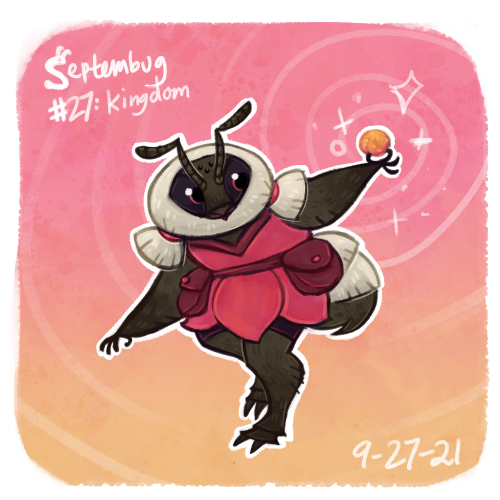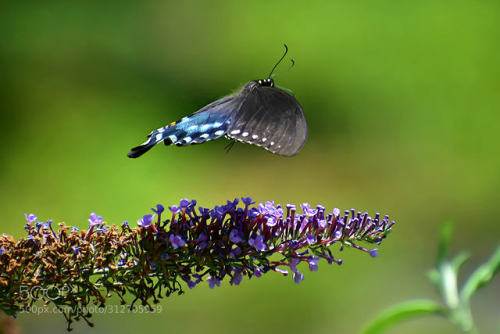#black swallowtail
“We are new to Sasebo, Japan and were greeted by the front door of our unit in the tower we live in by this beauty butterfly earlier this summer. It must have known we love insects and was hopeful that we’d be able to help it find it’s way back outside to safety. We were able to get this very large and beautiful butterfly outside and were gifted with a couple pictures before it left. I think it’s a Papilio maackii, but don’t know for sure. Also can you tell from the photo if this one is male or female? Thanks so much!”
Thanks so much for submitting that awesome photo of the swallowtail butterfly you found in Kyushu. It’s an incredible individual, what a brilliant find.
I looked carefully at photos of Papilio maackii to compare, but it looks slightly different. maackii seems to always have a line of iridescent teal running along the lower edge of the hindwings with a stripe of black above and below it. Due to the absence of this line, I believe you’ve found a Papilio dehaani, with the slightly disappointing Japanese name of “Karasu-ageha”and the much more complementary English name of “Chinese Peacock Butterfly”.
Compare with this photo!
which has similar whitish brushing on the forewings, row of red spots on the hindwings, and clear delineation on the hindwings between the iridescent green/blue area and the deep black area where the red spots occur. Another reference:
This photo: Shows an identified male at a puddle.
Thus with reasonable confidence I will say you’ve got a very robust female Papilio dehaani! Many other examples I saw of this butterfly did not show such a full set of spots or such breadth of wing, but yours looks extremely healthy. She must have had a whole mikan tree to herself as a caterpillar!The red spots are present in the females, to a greater or total degree compared to the males, of many swallowtails, particularly in Japan.
- Special notes: Spring and summer generations produce different looking adults. There is both a spring form and a summer form for this butterfly.
Larval food
Rutaceae:
- Citrus depressa
- Citrus junos
- Citrus tachibana
- Euodia gabrifolia
- Euodia lepta
- Euodia meliaefolia
- Orixa japonica
- Phellodendron amurense
- Poncirus trifoliata
- Skimmia japonica
- Zanthoxylum ailanthoides
- Zanthoxylum nitidum
- Zanthoxylum piperitum
- Zanthoxylum schinifolium
I have been told that Kuro-ageha and Karasu-ageha are rare to find in Japan, even the caterpillars, although they feed on all citrus plants as swallowtails do. Thank you again for your great submission and feel free to ask if you find any other bugs!
Post link




